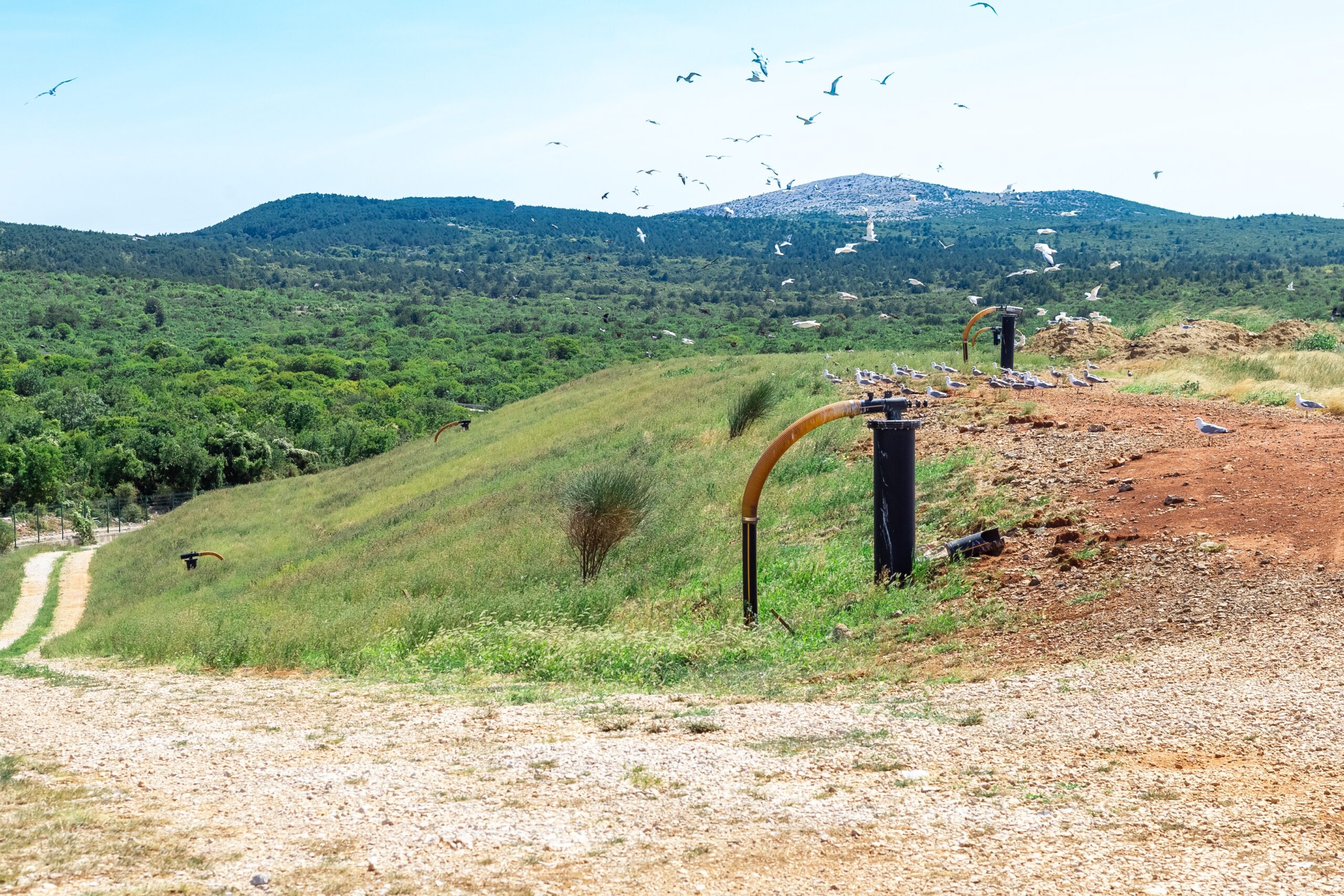Measuring for Impact: The Critical Role of Accuracy in Landfill Emission Management
Imagine you’re baking a cake – maybe it’s for a birthday, anniversary, or just a sweet tooth craving! Instead of using a single, standardized measuring cup, you use a variety of cups from different sets. Some are slightly larger, some are old and have faded lines and others are made of different materials that could react with the ingredients. The result? You’ll probably get an inconsistent, maybe even inedible, cake. Measurements matter. They’re the backbone of precision, whether in the culinary arts or the scientific realm, and the tools we employ for these measurements play a critical role in ensuring accuracy and consistency. As a baker relies on accurate measuring cups to create a perfect cake, scientists and researchers depend on precise instruments to gather data, draw conclusions and make informed decisions. In both scenarios, the integrity of the process hinges on the reliability of the measurement tools at hand, underscoring their significance as foundational elements of accuracy and consistency in any practice.
This concept of measurement precision extends to critical environmental issues such as landfill management. Landfills play a vital role in materials management, but they also pose ecological challenges, primarily through the emissions they release. Without standardized and accurate measurement technologies, data can be as inconsistent as our hypothetical cake, hindering the ability to make informed decisions for regulatory compliance, community safety and environmental protection.
The Environmental Research & Education Foundation (EREF) is committed to employing the best available tools and data to address these challenges, ensuring that the research is comprehensive but also accurate and reliable. By meticulously evaluating various landfill emission measurement technologies through a controlled release study, EREF aims to elevate the data collection standard in this field, paving the way for more informed decisions and effective strategies in sustainable materials management.
Current technologies for measuring landfill emissions have various limitations that affect their accuracy and reliability. External factors such as wind speed, temperature, and humidity affect many of these systems, leading to complications such as data gathering and different ways of computing final findings. Maintenance issues, calibration challenges and the inherent complexity of emission sources also contribute to measurement difficulties. There is a pressing need for comprehensive research and evaluation of existing and emerging technologies to address these issues and improve emission detection and quantification practices.
These technologies primarily include spectroscopy sensors, but how they are deployed tends to determine resolution, accuracy and operational limitations. The primary deployment technologies include satellites, aircraft, drones, ground-based mobile measurement (vehicular and by foot) and fixed sensors. Generally, the further away a technology is from the emission source, the lower the resolution tends to be, and the more meteorology can influence the measurement. For example, satellites cannot measure emissions on a cloudy day, whereas drone and ground-based measurements typically can. There are also distinct differences depending on the goal of the measurement. For instance, if the objective is simply to find and eliminate and emissions source, this represents a “find and fix” approach and many technologies can be used. However, suppose the objective is to specifically quantify the amount of emissions being released (e.g. quantification). In that case, this adds complexity since models must be used with the measurement results to compute a release rate, which increases uncertainty.
Accurate measurement of landfill emissions is critical for various reasons. Firstly, accurate emission data is essential for informing policy, guiding waste management practices and fostering transparency and accountability within the waste management sector. Secondly, precise data enables better monitoring and management of operations, improving environmental performance. Additionally, it ensures compliance with environmental regulations, helping to avoid legal repercussions and potential fines.
Navigating the complex landscape of landfill emission measurement technologies is challenging and vital. EREF accepted this challenge in 2023 when conducting a controlled-release study, which included over 15 participating technologies with head investigator Dr. David Risk of St. Francis Xavier University. EREF continues to analyze, research and assess with the goal of uncovering solutions that provide accurate, reliable and efficient means of measuring landfill emissions. The study will continue to contribute to the knowledge that drives innovation and improves the industry by investigating the current state of landfill emission measurement practices. This work is crucial in advancing sustainable materials management practices and protecting the environment for future generations.
Through this series, EREF hopes to shed light on the intricacies of landfill emission measurement and contribute to the ongoing efforts to mitigate the environmental impacts of sustainable materials management.
– EREF Staff



